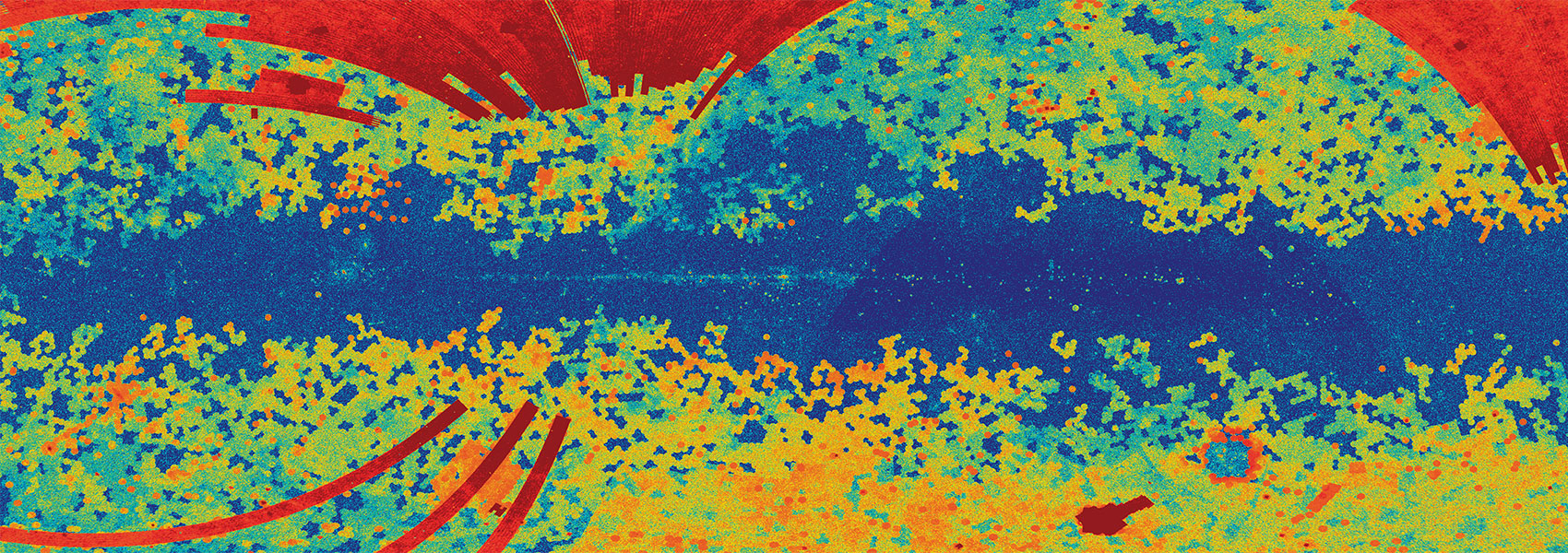February
2023
•
2023ApJ...943...82S
Authors
•
Scoville, Nick
•
Faisst, Andreas
•
Weaver, John
•
Toft, Sune
•
McCracken, Henry J.
•
Ilbert, Olivier
•
Diaz-Santos, Tanio
•
Staguhn, Johannes
•
Koda, Jin
•
Casey, Caitlin
•
Sanders, David
•
Mobasher, Bahram
•
Chartab, Nima
•
Sattari, Zahra
•
Capak, Peter
•
Vanden Bout, Paul
•
Bongiorno, Angela
•
Vlahakis, Catherine
•
Sheth, Kartik
•
Yun, Min
•
Aussel, Herve
•
Laigle, Clotilde
•
Masters, Dan
Abstract
•
Atacama Large Millimeter/submillimeter Array (ALMA) observations of the long-wavelength dust continuum are used to estimate the gas masses in a sample of 708 star-forming galaxies at z = 0.3-4.5. We determine the dependence of gas masses and star formation efficiencies (SFEs; SFR per unit gas mass) on redshift (z), M *, and star formation rate (SFR) relative to the main sequence (MS). We find that 70% of the increase in SFRs of the MS is due to the increased gas masses at earlier epochs, while 30% is due to increased efficiency of star formation (SF). For galaxies above the MS this is reversed-with 70% of the increased SFR relative to the MS being due to elevated SFEs. Thus, the major evolution of star formation activity at early epochs is driven by increased gas masses, while the starburst activity taking galaxies above the MS is due to enhanced triggering of star formation (likely due to galactic merging). The interstellar gas peaks at z = 2 and dominates the stellar mass down to z = 1.2. Accretion rates needed to maintain continuity of the MS evolution reach >100 M ⊙ yr-1 at z > 2. The galactic gas contents are likely the driving determinant for both the rise in SF and AGN activity from z = 5 to their peak at z = 2 and subsequent fall at lower z. We suggest that for self-gravitating clouds with supersonic turbulence, cloud collisions and the filamentary structure of the clouds regulate the star formation activity. * 2022 AAS Russell Lecture by Scoville. We provide the science background behind the Russell Lecture and draw extensively on previous work in Scoville et al. ().
Links




